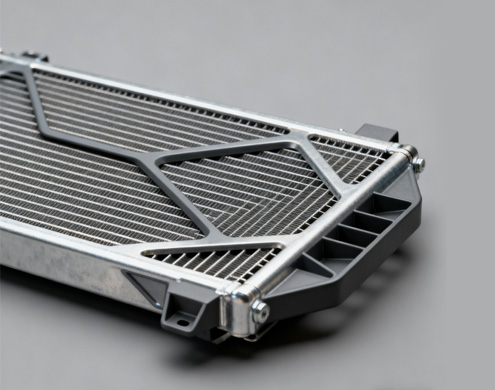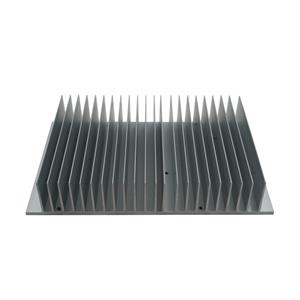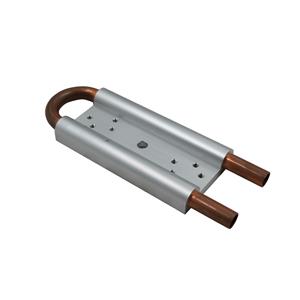Auto Radiators: The Core Component of a Vehicle's Cooling System

In the complex operation of automotive engineering, the automotive radiator plays a crucial role, yet it is often overlooked. This key component is the vehicle's primary heat exchange system, ensuring that the engine operates within its optimal temperature range even under the high temperatures generated during combustion. With technological advancements, radiator design is constantly being improved, employing new materials and innovative methods to meet the needs of modern vehicles.
A Breakdown of Auto Radiator Construction: Components and Working Principles
A typical Auto radiator consists of three main components: the inlet tank, the outlet tank, and the core. Coolant enters the auto radiator through the inlet tank, is cooled as it passes through the core, then collects in the outlet tank and finally returns to the engine. The core is crucial for the heat exchange process; it consists of numerous small pipes surrounded by fins. These fins increase the surface area, thereby improving heat transfer efficiency. The increased surface area helps transfer heat from the coolant to the flowing air.
There are two main configurations of auto radiators, depending on the direction of coolant flow: cross-flow radiators and downflow radiators. In modern vehicles, cross-flow radiators are more common because they efficiently utilize space and offer excellent cooling performance.
The Evolution of Auto Radiator Materials: From Copper to Aluminum
The materials used to manufacture auto radiator have changed significantly over time. In the past, radiators were typically made of copper and brass, favored for their excellent thermal conductivity. However, modern car radiators are now primarily made of aluminum. Aluminum offers a good balance of weight, cost, and thermal performance, improving overall vehicle efficiency by reducing weight. Nevertheless, copper radiators still hold a share in heavy-duty applications because their excellent durability and thermal conductivity more than compensate for their additional weight and cost. Recent innovations have also introduced combined plastic and aluminum designs, such as plastic fuel tanks with aluminum cores; this lightweight and durable solution has become quite common in modern automotive manufacturing.
As we move towards an increasingly electric automotive era, the thermal management principles embodied in auto radiators will remain crucial, even as their application evolves. Regular radiator maintenance remains one of the most cost-effective ways to prevent major engine failures and extend vehicle lifespan—a small investment that yields significant returns in terms of performance and reliability.




